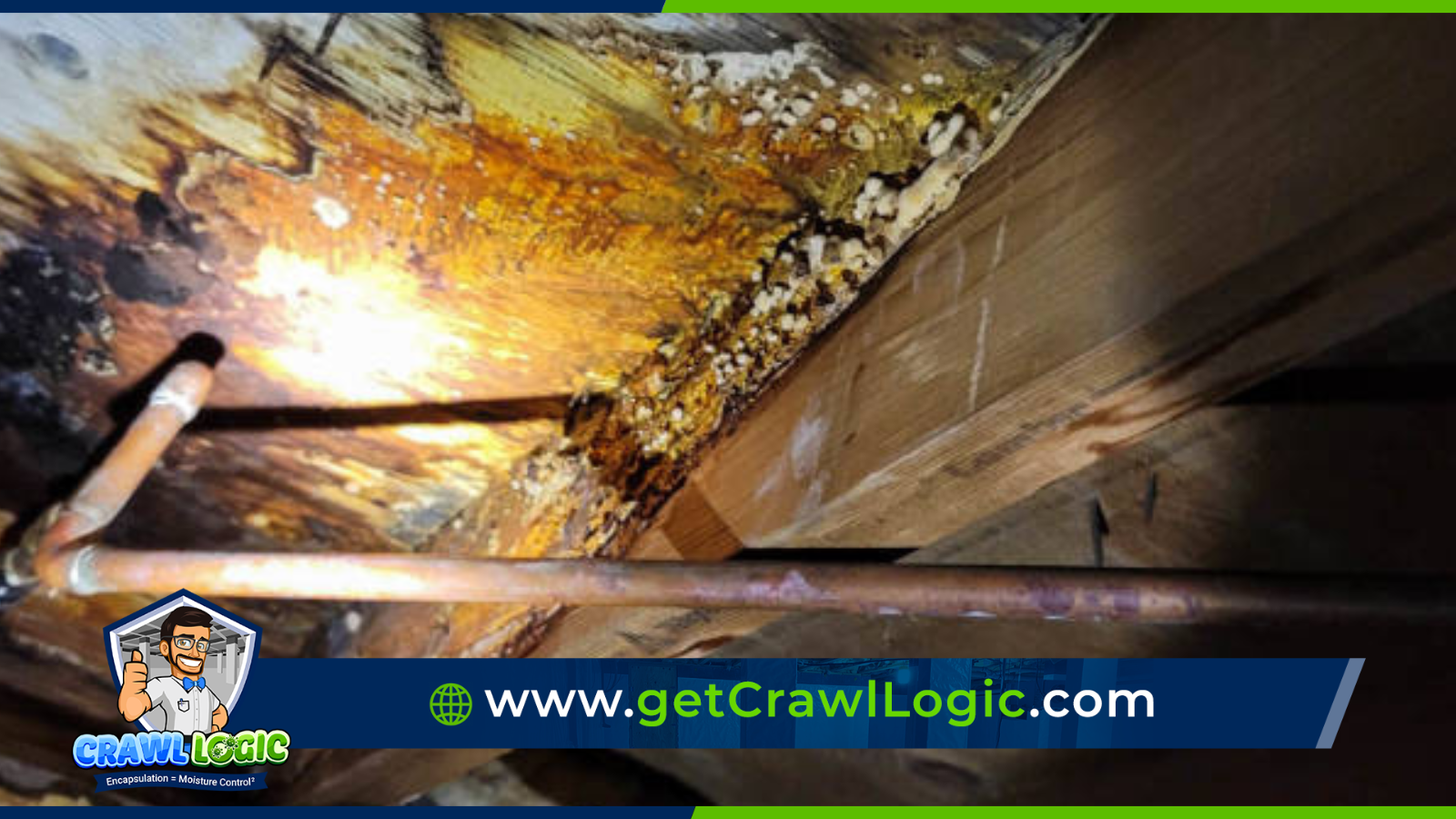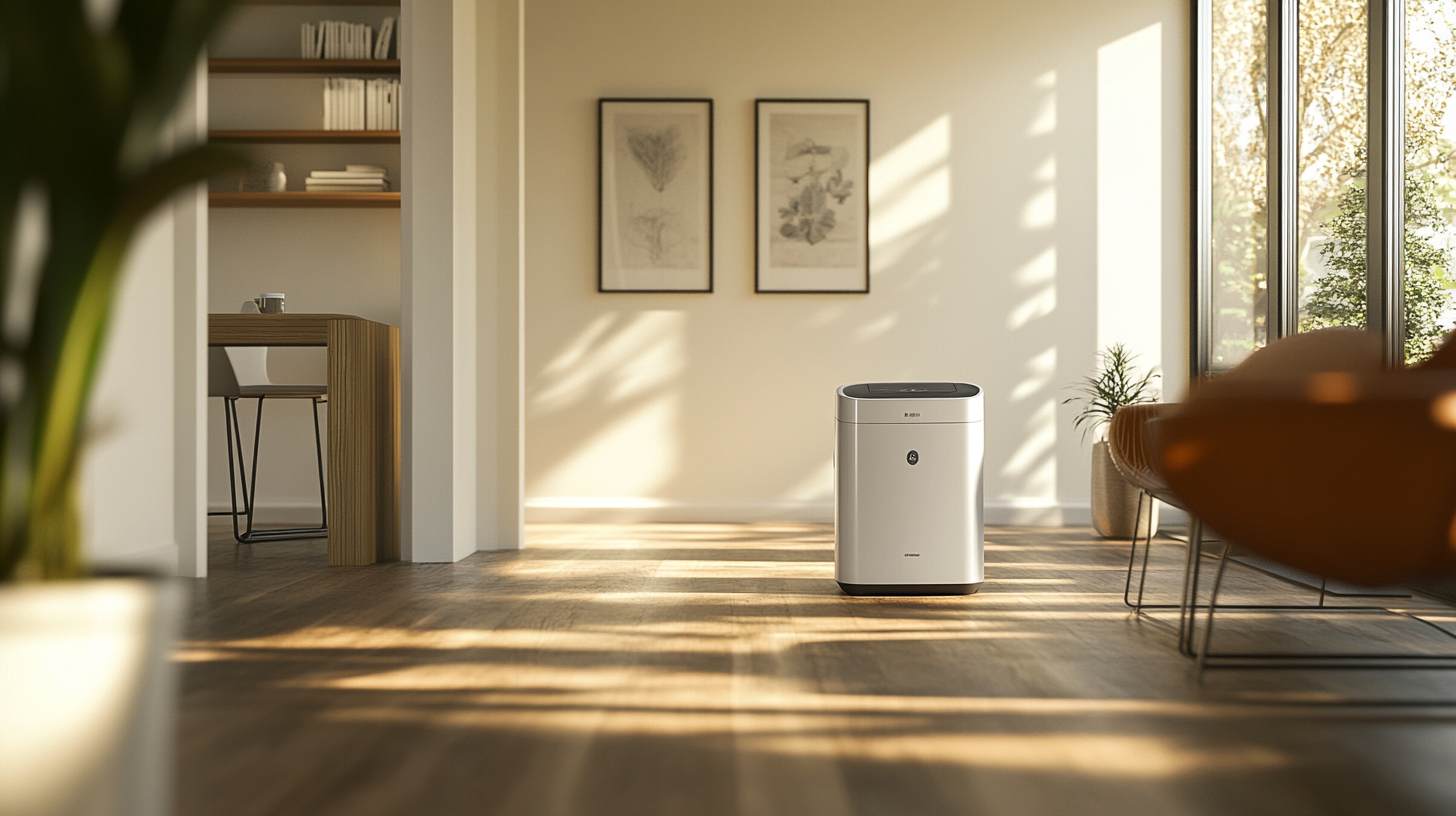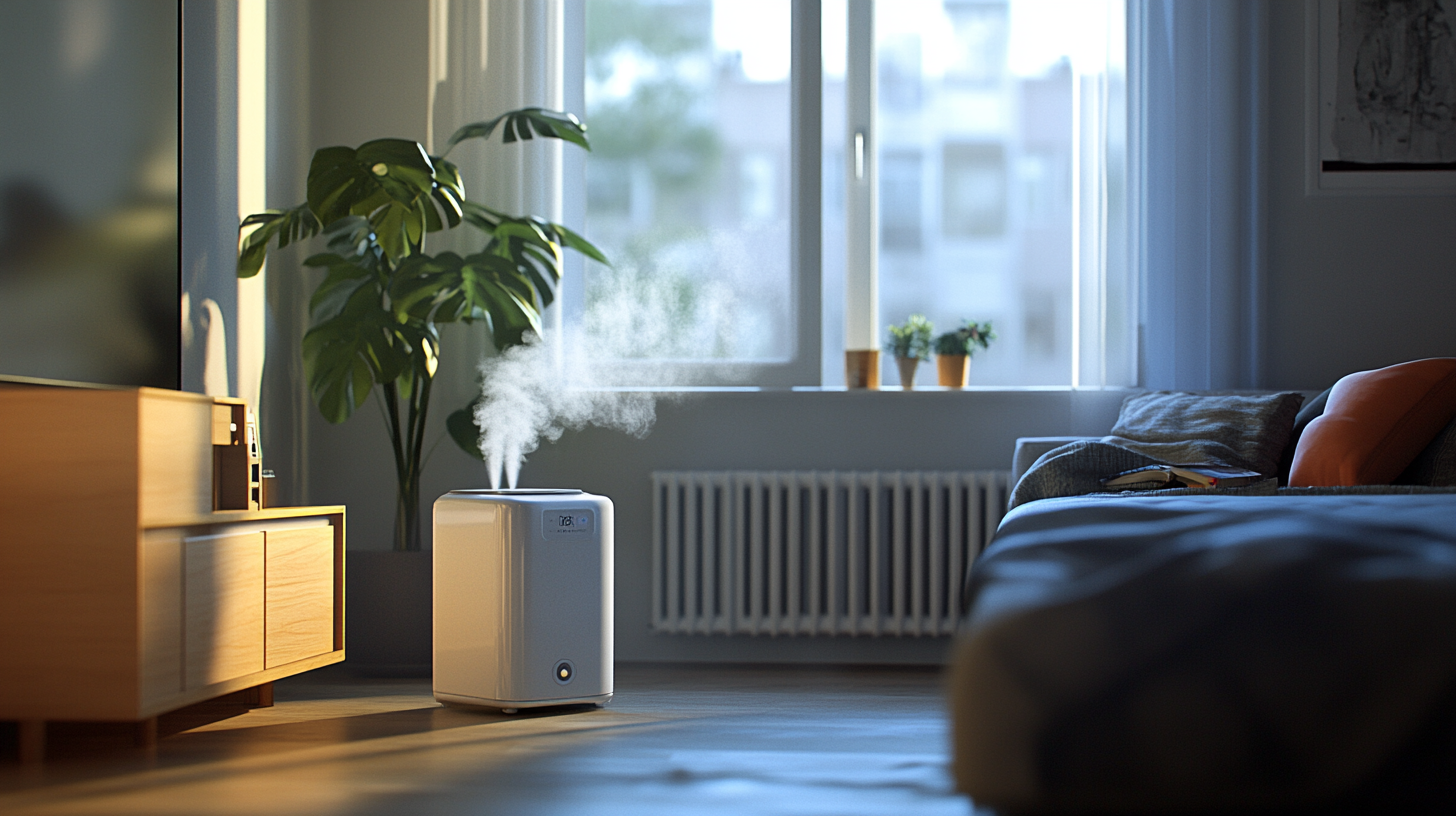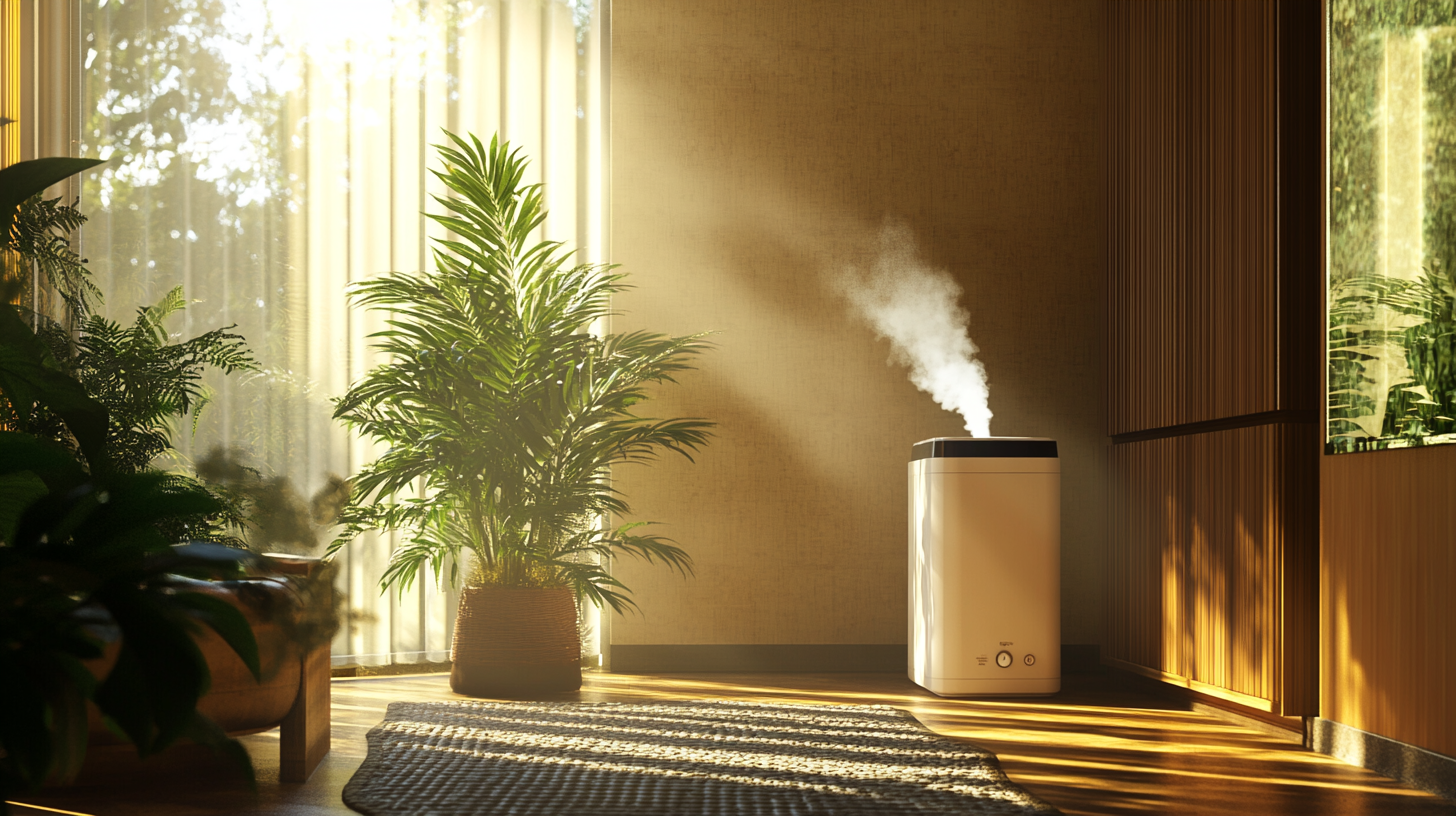Crawl space encapsulation is a must for any old house. If your home was built before the 1950s, it likely has an unfinished crawl space. And while an unfinished crawl space may not seem like a big deal, it can actually lead to a number of problems, including high humidity levels, pests, and even structural damage.

What is crawl space encapsulation?
Crawl space encapsulation is the process of sealing off the crawl space from the rest of the house. This is usually done with a vapor barrier, which is a heavy-duty plastic sheet that is installed on the floor and walls of the crawl space. Vapor barriers are effective at preventing moisture from entering the crawl space, which can help to prevent mold and mildew growth. In addition, vapor barriers can also help to keep pests out of the crawl space.
Signs your crawl space may be affected by age
1. The wood in your crawl space is beginning to rot.
2. You see signs of insects or other pests.
3. There is standing water in your crawl space.
4. The foundation of your house is cracking.
5. There is a musty smell coming from the crawl space.
If you notice any of these signs, it's important to call a professional right away to assess the damage and make any necessary repairs. Ignoring these problems will not make them go away—in fact, they will only get worse over time, which can end up costing you a lot of money in repairs down the road. So don't wait—if you think there's an issue with your crawl space, call a professional today.
Crawl space encapsulation for old houses
While modern homes are built with an enclosed crawl space, older homes often have an unfinished crawl space that is open to the outdoors. This can lead to a number of problems, including:
High Humidity Levels: An open crawl space allows outside air to enter the home, which can raise humidity levels and lead to condensation on floors and walls.
Posts: Unsealed openings in an old house's crawl space can provide easy access for insects and other pests.
Structural Damage: High humidity levels can cause wood rot and other types of damage to a home's structure.
Encapsulating an old house's crawlspace can help to mitigate these problems by creating a barrier between the outdoors and the home. Doing so can also improve indoor air quality and make your home more comfortable and energy-efficient.
How does crawl space encapsulation benefit your home?
Crawl Space Encapsulation Keeps Out moisture
One of the biggest advantages of crawl space encapsulation is that it helps to keep out moisture. When moisture is allowed to seep into your crawl space, it can lead to all sorts of problems like wood rot, mold growth, and structural damage. Crawl space encapsulation creates a barrier between your crawl space and the outside world, effectively keeping out moisture and protecting your home.
Crawl Space Encapsulation Reduces Energy Costs
Another benefit of crawl space encapsulation is that it can help reduce your energy costs. When your crawl space is unsealed, outside air can enter through cracks and holes. This outside air can make your house warmer in the summer and colder in the winter, which means your HVAC system has to work harder to maintain a comfortable temperature. By sealing off your crawl space, you can keep out this outside air and reduce the strain on your HVAC system, leading to lower energy bills.
Crawl Space Encapsulation Improves Air Quality
In addition to reducing energy costs, crawl space encapsulation can also improve the air quality in your home. When outside air enters your home through cracks and holes in the crawlspace, it can bring with it pollen, mold spores, dust, and other airborne contaminants. These contaminants can cause respiratory problems like asthma and allergies. Crawl space encapsulation blocks these contaminants from entering your home, improving the air quality and making it easier to breathe.
Types of Materials Used for Crawl Space Encapsulation
The type of material used for crawl space encapsulation depends on the specific needs of the home and the climate in which it is located. Some of the most common materials used for crawl space encapsulation include sheet metal, plastic sheeting, concrete, and spray foam insulation.
Sheet Metal: Sheet metal is often used as a vapor barrier in humid climates or as part of a drainage system in wetter areas. It is available in rolls or pre-cut panels, and can be installed using screws or fasteners. Generally speaking, sheet metal should be installed by a professional due to its potential for sharp edges and complex installation methods.
Plastic Sheeting: Plastic sheeting is often used as a vapor barrier because it is lightweight and easy to install. It comes in rolls that can be cut to size, making it a versatile option for homeowners who want to do the job themselves. However, plastic sheeting should not be used alone as it does not provide adequate protection against moisture on its own.
Concrete: Concrete is often used to fill voids around pipes or other openings in the foundation. It can also be used as part of a drainage system or as an added layer of protection against moisture damage. Like sheet metal, concrete generally requires professional installation due to its weight and installation complexity.
Spray Foam Insulation: Spray foam insulation is one of the most effective ways to seal off a crawl space. It expands when applied, creating a tight seal that helps improve energy efficiency. spray foam insulation can be installed by a professional or by an experienced do-it-yourselfer. While it requires special equipment, spray foam insulation kits are widely available online.
Don't ignore your crawl space!
Your crawl space might not be at the top of your mind when you think about maintaining your home, but it's definitely an important area to keep an eye on—especially if your house is starting to show its age. If you notice any of the signs listed above, don't hesitate to give us a call here at Pest expertise; we'll be happy to come out and take a look so we can help you get your crawl space back into tip-top shape!
Contact Crawl Logic Today!
Crawl Logic will do everything we can to ensure your experience with us is excellent.
Request A FREE Estimate
We will get back to you as soon as possible.
Please try again later.
CHECKOUT RECENT POST



Schedule Your FREE Crawl Space Evaluation!
Did you know YOU DON'T HAVE TO BE HOME for us to provide you with your 100% FREE crawl space inspection and report?
CHOOSE THE BEST OPTION, CRAWL LOGIC!
Ready to Elevate Your Experience? Let's embark on a journey to success together! Our team is dedicated to delivering excellence and innovation tailored to your unique needs. Connect with us now to discover how our services can transform your vision into reality. Your next big leap starts here
HOURS
Monday: 8:00AM - 5:00PM
Tuesday: 8:00AM - 5:00PM
Wednesday: 8:00AM - 5:00PM
Thursday: 8:00AM - 5:00PM
Friday: 8:00AM - 5:00PM
Saturday: 8:00AM - 5:00PM
Sunday: 8:00AM - 5:00PM
Copyright © 2020 Crawl Logic - Franklin Crawl Space Encapsulation and Repair
